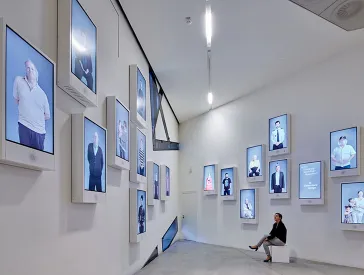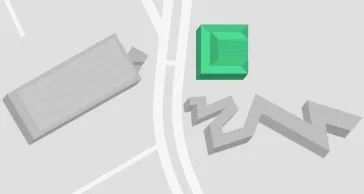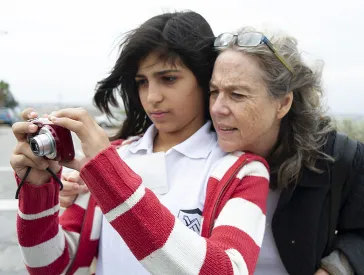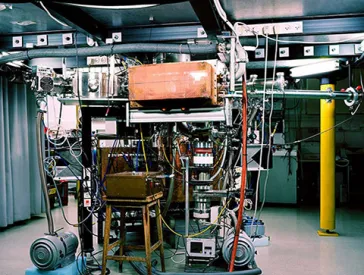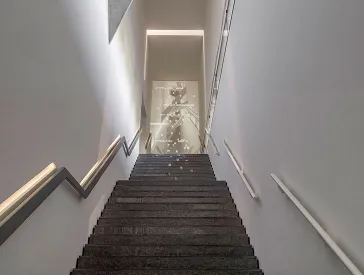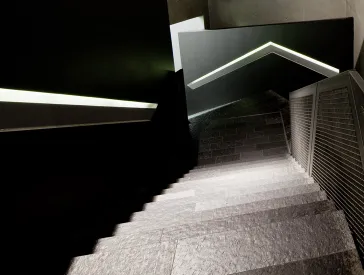
This Place
Photo Exhibition
This exhibition explores the complexity of Israel and the West Bank—their topography, inhabitants, and everyday life—from the perspective of twelve internationally acclaimed photographers.
Photographer and project initiator Frédéric Brenner says that his point of departure for the project was the desire to add new artistic visions to the images familiar from reporting on the region. He convinced renowned photographers to join him: Wendy Ewald, Martin Kollar, Josef Koudelka, Jungjin Lee, Gilles Peress, Fazal Sheikh, Stephen Shore, Rosalind Fox Solomon, Thomas Struth, Jeff Wall, and Nick Waplington.
All the photographers are from outside Israel or the West Bank. Between 2009 and 2012, the twelve artists spent extended periods of time in residence in Israel and the West Bank. They were free to approach their research and the pinpointing of their subjects as they chose.
Together, the more than 200 photographs create a complex visual portrait. Themes such as identity, family, the homeland, and landscape come into focus, while emphasis on the Middle East conflict varies. The result is a deeply humanistic and nuanced examination in which art reaches beyond the illustration of conflict and becomes a platform for raising questions and engaging viewers in a conversation. The widely differing works invite viewers to discuss the heterogeneousness of the region.
Frédéric Brenner, who spearheaded the project, believed that no single vantage point could fully express the complexity of this historic and contested place. Moreover, when he speaks of Israel, perhaps most importantly he has in mind the metaphorical Israel, the place that gave birth to the notion that a particular territory can hold out a promise to humanity.
The scope and ambition of This Place rivals such past endeavors as the Farm Security Administration’s commission to photograph Depression-era America in the 1930s or France’s Mission Photographique de la DATAR, which documented the French countryside of the 1980s. Unlike those precedents, however, This Place received no government funding.
The Artists about their Experiences with the Project This Place
After appearing at the DOX Centre for Contemporary Art in Prague, the Tel Aviv Museum of Art in Israel, and the Brooklyn Museum of Art, the exhibition can now be seen in Germany for the first time.
The exhibition was organized by the Chronicle of a People Foundation, Inc., New York.
Accompanying publication This Place, ed. Matt Brogan, texts by Matt Brogan, Charlotte Cotton, Miki Kratsman, Jeff Rosenheim, Rachel Seligman, graphic design by Julia Wagner, grafikanstalt (2019, English, 280 pp., 279 ills., hardcover; size: 32x30 cm; price: 48 €, in our museum shop: 44 € ) will be published by Hatje Cantz Verlag.
Exhibition Information at a Glance
- When 7 Jun 2019 to 19 Apr 2020
- Where Old Building, level 1
Lindenstraße 9–14, 10969 Berlin
See Location on Map
